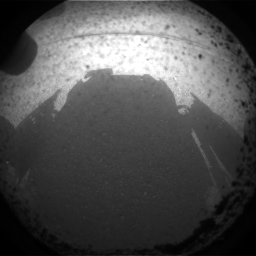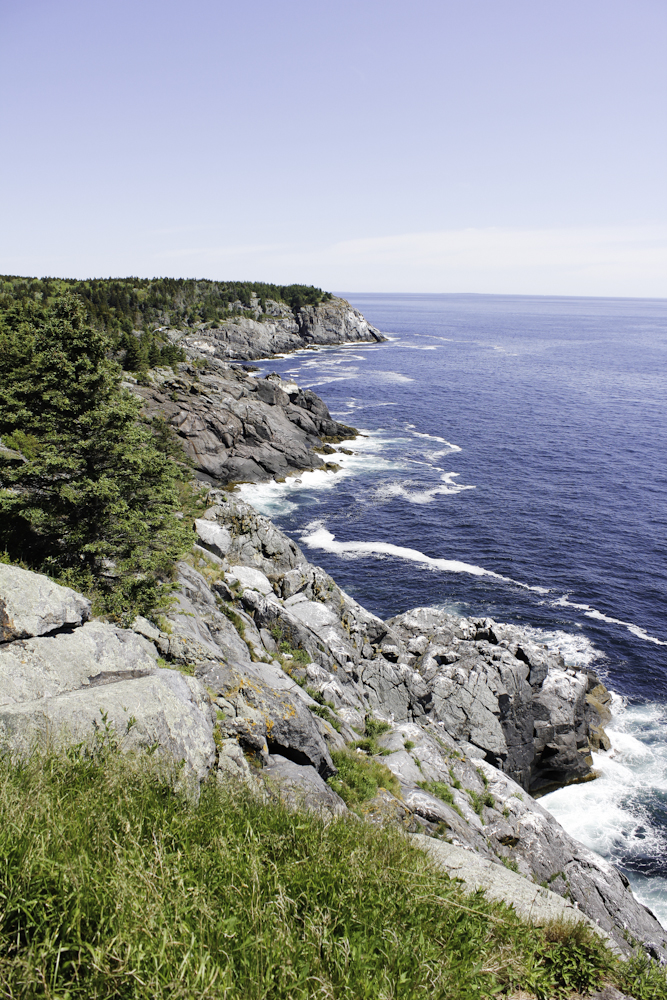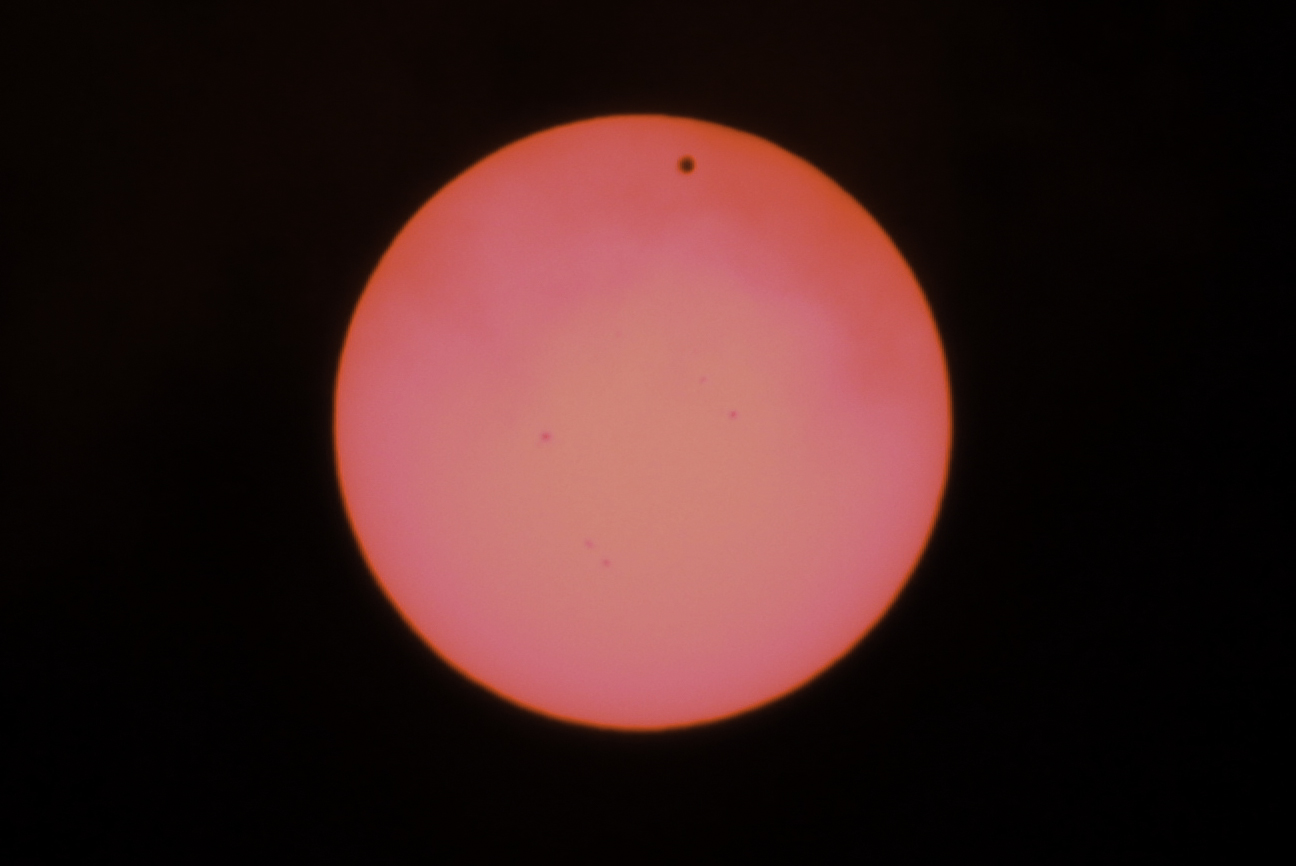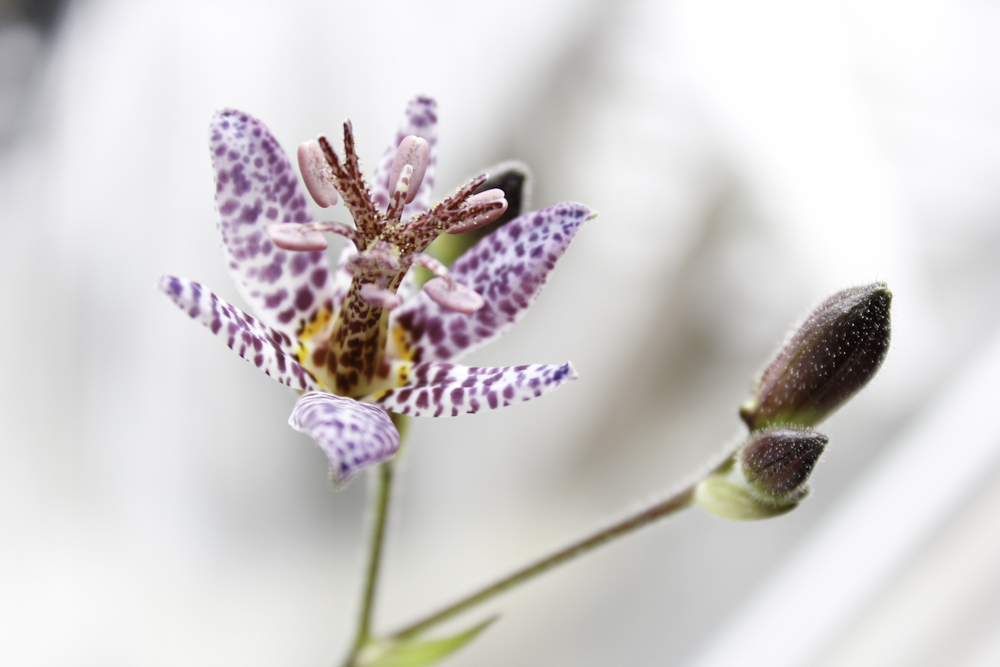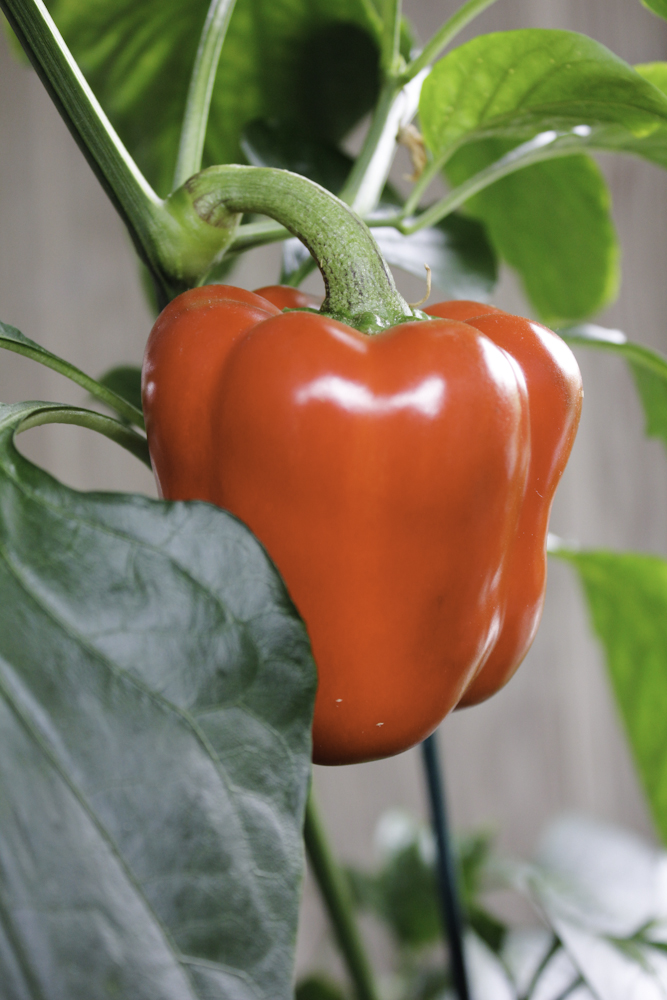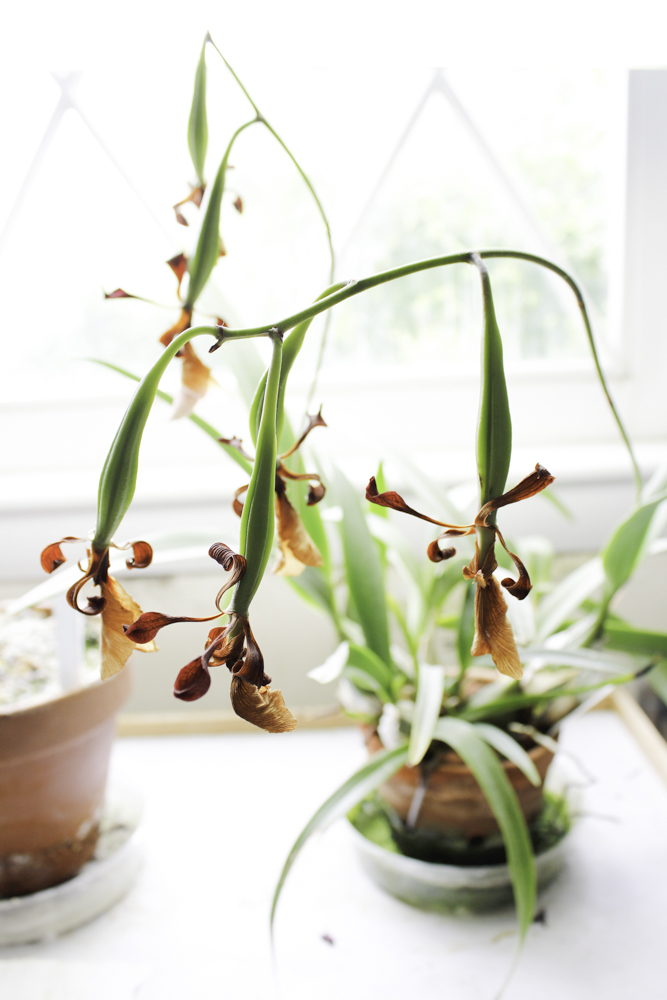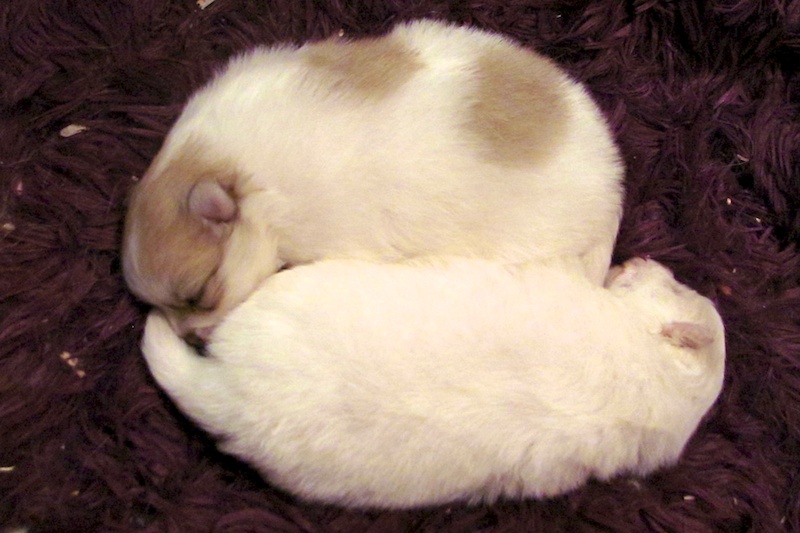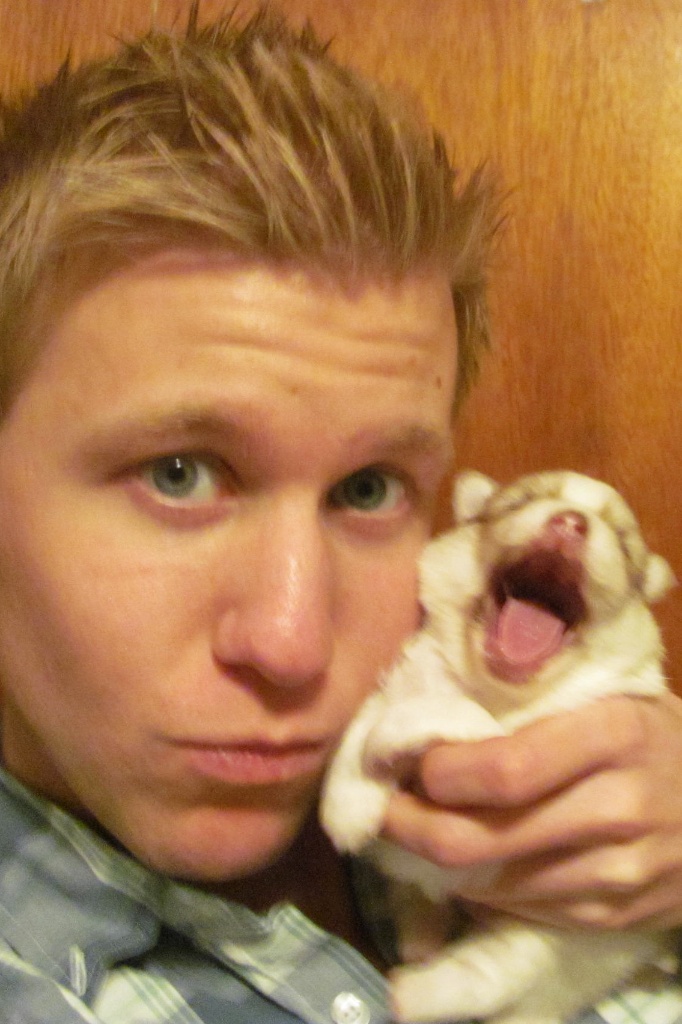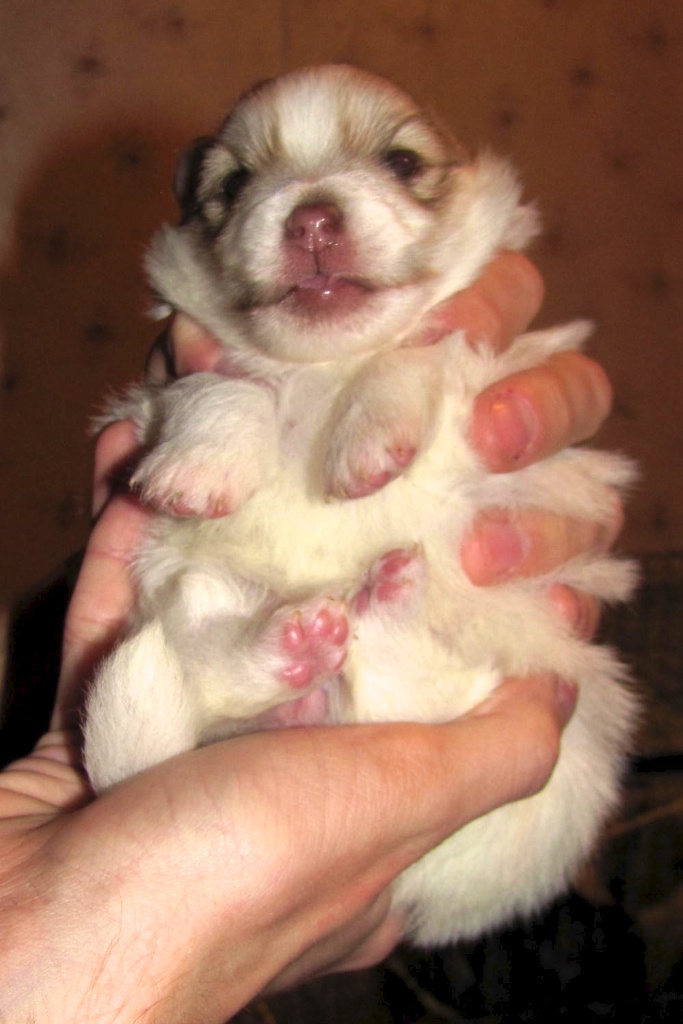One of my Christmas gifts was a DNA profile from 23 and Me, a service that genotypes your DNA and evaluates, among other things, your traits, risks for certain diseases, and ancestry. It takes some time to process (you mail them a saliva sample), so my results just came in today. There weren’t many surprises and my ancestry information is still processing, though it shows a completely European background. I found the disease information to be most informative and potentially useful.
My highest risk for disease is Alzheimer’s. I have genetic markers indicating a doubled risk compared to the general population. There is long list of diseases for which there are markers, though this was the highest risk disease for me. In contrast, my lowest risk for disease was melanoma (skin cancer) and pulmonary embolisms, which has to do with blood clots.
My DNA profile accurately predicted that I have straight blond hair and blue eyes. It also accurately predicted my blood type and that I have fast-twitch muscles (I was a sprinter in high school). I have genetic markers indicating a higher likelihood of living to 100 and having a lower body mass index and low tendency to overeat. I currently weigh 132 pounds with a goal weight of 125, the lowest weight someone of my height can have without being underweight based on body mass index (BMI). I have a lower than average likelihood of developing male pattern baldness and I am likely to consume more caffeine than the average person. I have a higher than average tendency to develop addictions to alcohol and nicotine, though I neither drink nor smoke so that has never been an issue for me. I have markers indicating that I have an increased sensitivity to pain.
Other information includes my likely response to certain drugs and medications (nothing real significant) as well whether I carry any disease risks (I’m not a carrier for any diseases). Much of the information was very accurate, like my physical traits, while other information is more probabilistic, such as my likelihood of developing Alzheimer’s. My grandmother is currently in a nursing home with full stage Alzheimer’s, yet otherwise she’s extremely healthy and is 85 years old. My great-grandfather lived to 94 and my great-grandmother lived to 89, so I do have longevity in my family.
The information has to be taken with a grain of salt – genetics is just one facet of health. The other major elements are behavior and environment, the latter of which is very complicated and filled with confounding factors. For example, Maine has the highest rate of cancer of any state in the US. Is that because we have the second highest per capita geriatric population in the US? Is it because of radon leaking out of Maine granite? I’m a strong believer in personal choices, individualism, and self-determination, so I lean toward behavior being the most important factor. I exercise, stay active (rollerblading, archery, tennis, etc.), and hold to a fairly strict diet. I don’t drink, smoke, or use illicit drugs. I do what I can to have fun, reduce stress, and maintain a positive outlook on life. Mentally I challenge myself all the time with computer programming and science projects, lots and lots of reading (especially scientific journals), and creative projects. I also take several health supplements. I recently read a book called The Longevity Project, by Howard S. Friedman, PhD, and Leslie R. Martin, PhD. It was based on an 80-year study of behavioral patterns associated with life span. They found that the number one predictor of long life was conscientiousness. I consider myself to be extremely conscientious and I have been told that I am often conscientious or principled to a fault, so I was happy to read their findings.
I’m still waiting on the ancestry results, which will give me a profile of my racial and ethnic background. I suspect that I have significant Native American ancestry on my father’s side, though we’re not sure. I’m also waiting on the “relative finder” to process, though I assume that for that to work, my relatives must have also had their DNA profiled through this service. I think it applies to very distant relatives, too, so that significantly expands the possible matches. There is still a LOT more information for me to explore and they are adding more stuff all the time. There are well over 100 different traits with in-depth explanations, so I’ve got a lot of information to explore!


